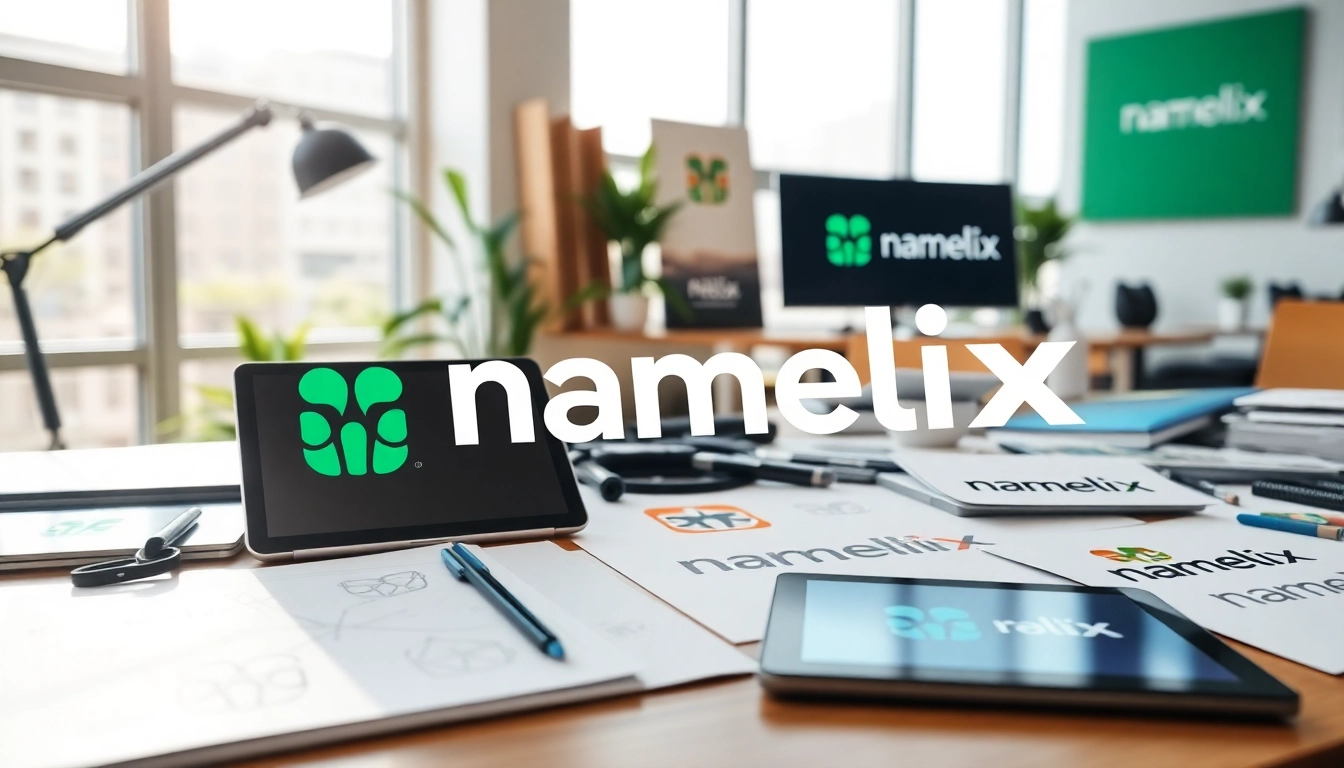Understanding Website Chatbots
Defining What a Website Chatbot Is
A website chatbot is an automated program designed to engage with users visiting a website. It simulates conversation through text or voice interactions, providing support or information based on user input. These chatbots utilize technologies like Natural Language Processing (NLP) and artificial intelligence (AI) to interact in a more human-like manner, enhancing user experience while accomplishing specific objectives for businesses.
Benefits of Implementing Website Chatbots
Integrating a website chatbot into your digital strategy offers numerous advantages. Firstly, it can significantly improve customer engagement by providing instant responses to inquiries, which is critical in today’s fast-paced digital environment. Businesses can expect to see:
- 24/7 Availability: Chatbots can operate at all hours, ensuring customers receive support even outside business hours.
- Cost Efficiency: Automated responses can reduce the need for extensive customer service teams, lowering operational costs.
- Scalability: Chatbots can manage thousands of inquiries simultaneously, accommodating spikes in traffic without compromising service quality.
- Data Collection: By interacting with users, chatbots can gather valuable insights into customer preferences and behaviors, facilitating better strategic decisions.
Types of Website Chatbots Available
Website chatbots can generally be classified into two main types: rule-based and AI-driven chatbots. Rule-based chatbots operate based on predefined scripts and respond to specific queries. They are straightforward but limited in adaptability. On the other hand, AI-driven chatbots leverage machine learning algorithms, enabling them to understand context, learn from interactions, and improve over time, thus providing a richer user experience. Additionally, many chatbots combine both approaches, offering a mix of structured interactions alongside intelligent responses.
Key Features of Effective Website Chatbots
Natural Language Processing and AI Capabilities
Natural Language Processing (NLP) is a vital component of modern chatbots, enabling them to decipher user intent and respond appropriately. Effective chatbots should exhibit the ability to understand and process various dialects, colloquialisms, and even emotional cues in written language. By utilizing advanced NLP techniques, chatbots can enhance engagement rates, providing users with a seamless communication experience that feels natural and intuitive.
Customizability for Brand Voice
The ability to customize a chatbot’s personality and voice is paramount in establishing brand identity. Businesses should ensure that their chatbot’s tone, language, and response features are aligned with their overall branding strategy. A consistent brand voice fosters trust and loyalty among users, making them more likely to engage with the bot. Customizations can range from simple script modifications to complex AI training, depending on the desired level of interaction.
Integration with Existing Platforms
To maximize effectiveness, chatbots should be integrated with existing platforms, such as customer relationship management (CRM) systems, email marketing platforms, and social media channels. This creates a unified communication strategy, enabling chatbots to provide personalized experiences based on user history and preferences. Furthermore, seamless integration streamlines data sharing and collaboration among teams, enriching the overall customer experience.
Common Challenges in Implementing Website Chatbots
Technical Difficulties and Solutions
Implementing a website chatbot may pose several technical challenges. Issues such as improper integration, insufficient training data, or inadequate server capacity can hinder performance. To overcome these hurdles, businesses should conduct comprehensive testing and involve technical experts in the chatbot development process. Ensuring that the chatbot can handle varying loads and user inquiries is essential for providing reliable service.
User Acceptance and Experience
User acceptance of chatbots is crucial for success. Some users may have reservations about interacting with automated systems. To mitigate this, businesses should focus on delivering a superior user experience. Providing users with a clear opt-out option to speak with a human representative can enhance confidence. Additionally, incorporating feedback tools can help gather insights to improve the chatbot’s interactions continually.
Maintaining and Updating Chatbot Performance
A chatbot’s effectiveness can diminish over time. Continuous maintenance and updating of its programming, including algorithms and data sets, are necessary to maintain optimal performance. Regularly evaluating chatbot interactions can identify pain points, allowing for prompt adjustments to its functions and responses. By committing to a cycle of assessment and enhancement, businesses can ensure higher levels of user satisfaction and engagement.
Best Practices for Optimizing Website Chatbots
Designing User-Focused Interactions
User-centric design is crucial when developing chatbot interactions. The implementation should start with understanding user needs, behaviors, and expectations. Creating an intuitive interface that simplifies conversations will contribute to a more engaging experience. Businesses should prioritize clarity in prompts and responses, ensuring users can easily navigate the conversation without confusion.
Continuous Learning and Improvement
AI-driven chatbots have the unique advantage of learning from interactions. This capability should be leveraged to continuously refine performance and adaptability. Implementing machine learning algorithms allows chatbots to evolve based on user feedback and conversation outcomes, leading to fewer misunderstandings and a more seamless experience over time.
Measuring Success with Metrics
To ascertain the effectiveness of a chatbot, organizations need to establish clear metrics for success. These may include user engagement rates, response times, resolution rates, and customer satisfaction scores. Regularly tracking and analyzing these metrics provides valuable insights, allowing for data-driven improvements to chatbot functionalities and user interactions.
Case Studies: Successful Website Chatbot Implementations
Retail Industry Examples
In the retail sector, brands like Sephora have successfully integrated chatbots to provide personalized customer service. Sephora’s chatbot assists customers in booking appointments, recommending products, and answering inquiries, leading to enhanced customer satisfaction and increased conversion rates. By leveraging customer behavior data, the chatbot customizes suggestions to suit individual preferences, showcasing a model of effective implementation in retail.
Service Industry Applications
In the service industry, companies like American Express use chatbots for assisting customers with account-related queries. Their chatbot not only answers questions quickly but also keeps a record of interactions to anticipate customer needs in the future. This proactive approach has resulted in improved customer retention and satisfaction, demonstrating how chatbots can enhance user support in service-oriented sectors.
Insights from Leading Brands
Leading brands across various industries utilize chatbots to streamline processes and improve communication efficiency. For example, H&M’s chatbot provides style recommendations and assists customers in finding items within their online store. It effectively bridges the gap between user inquiries and product availability, significantly elevating the shopping experience. Such examples highlight the potential of chatbots to not only facilitate operations but also to enrich customer engagement.













Leave a Reply